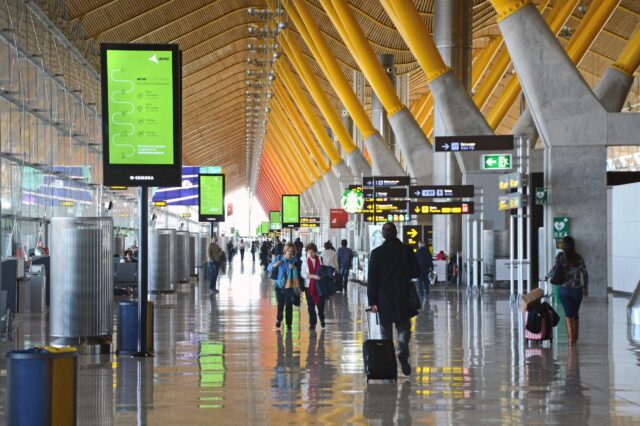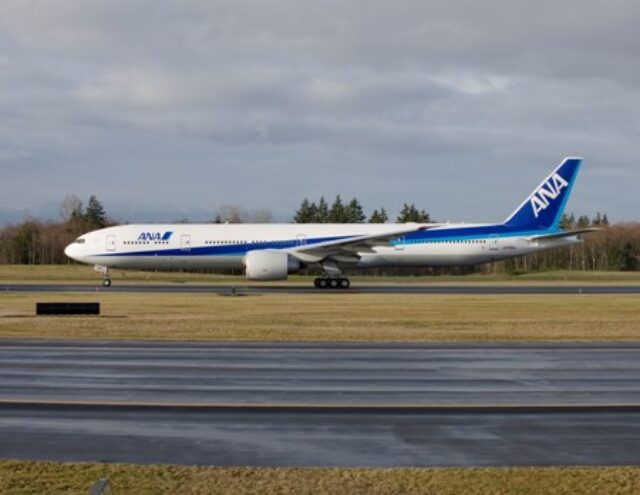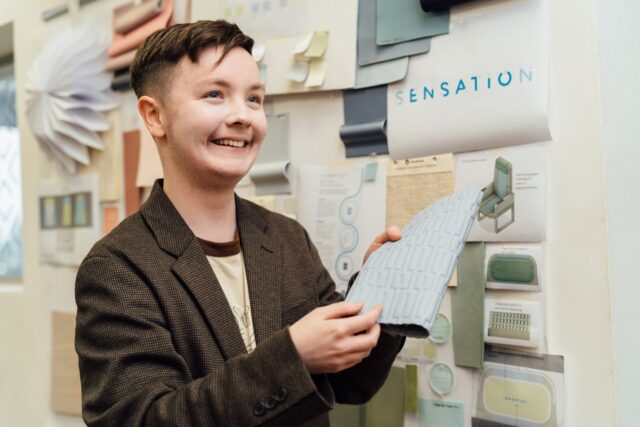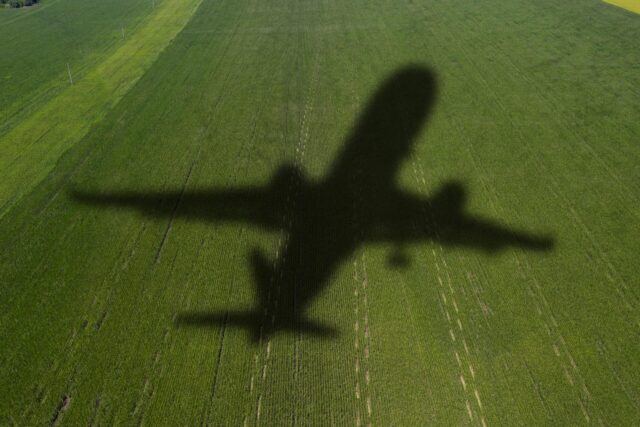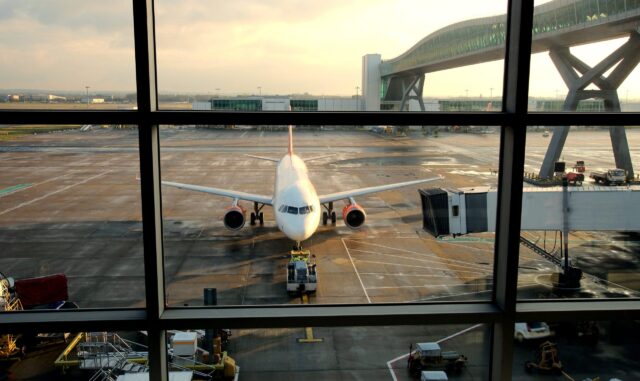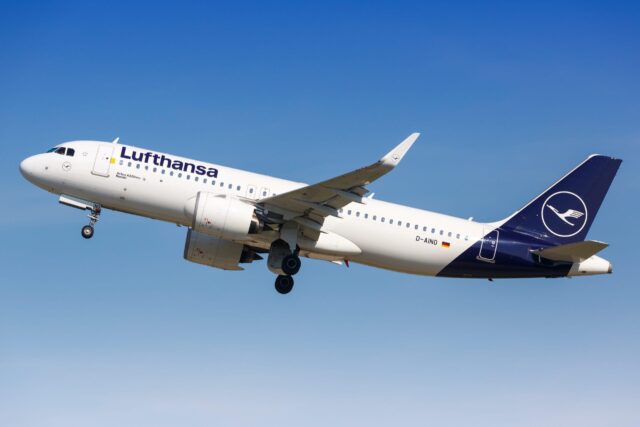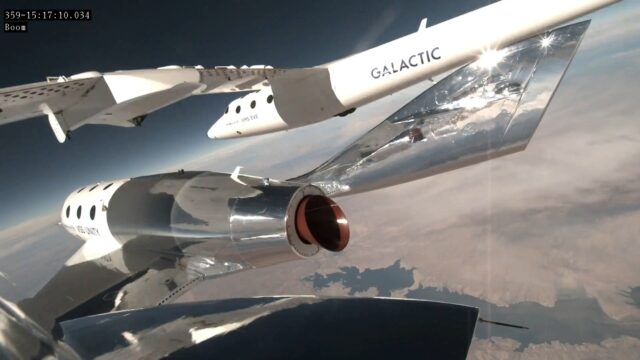Mark One Spitfire Flies Again After 85 Years
April 28, 2025

The original P9372 was one of a batch of 183 Spitfire Mk.Is built by Supermarine’s Woolston factory, with the construction number 6S/30563. She first flew on 22 February 1940 and was originally powered by a Rolls-Royce Merlin III engine. The aircraft first went to No.9 Maintenance Unit at RAF Cosford, before being issued to No.92 (East India) Squadron at RAF Northolt, one of the first RAF units to operate the Spitfire Mk I. The aircraft was damaged whilst operating from Hornchurch and went to an MU at RAF Brize Norton for repairs. The aircraft returned to No.92 Squadron on 27 July 1940.
No. 92 Squadron used the codes ‘GR-‘ from April 1939 – May 1940, and P9372 flew as GR-C. From May 1940 – December 1946 the squadron was allocated the code prefix ‘QJ-‘, and P9372 flew as QJ-G.
The aircraft was flown by a number of notable RAF pilots during its time with No.92 Squadron, including Flying Officer Anthony Bartley (a Battle of Britain ace, and future test pilot and Hollywood film executive and husband of actress Deborah Kerr), Pilot Officer John ‘Butch’ Bryson, Flight Sergeant Ronnie Fokes, DFM, Pilot Officer Robert H ‘Bob’ Holland, Flight Lieutenant (later Group Captain) Brian Kingcome (later the author of ‘A Willingness to Die’), Squadron Leader Philip Sanders, Pilot Officer Geoffrey ‘Boy’ Wellum DFC (later the author of ‘First Light’), future Hawker test pilot Pilot Officer Trevor ‘Wimpy’ Wade, and perhaps Squadron Leader Roger Bushell (later of Great Escape fame).
The Spitfire was shot down by Messerschmitt Bf 109s on 9 September 1940, while being flown by Pilot Officer William C. Watling. This was the height of the Battle of Britain. The aircraft crashed near East Guildeford, Rye about 45 miles South East of Biggin Hill at about 1730. Watling managed to bale out into the sea off Winchelsea Beach but suffered severe burns to his face and hands. He was treated at the Queen Victoria Hospital in East Grinstead by renowned plastic surgeon Sir Archibald McIndoe—a key figure behind the creation of the Guinea Pig Club for burn survivors. Watling returned to flying duties with No.92 Squadron after months of treatment, but was killed in a flying accident at RAF Manston on 7 February 1941. He was just 20 years old and was interred at St Mary’s Cray Cemetery near Orpington.
The wreckage of P9372 was excavated by Malcolm Pettit, and was displayed at the Tonbridge Battle of Britain Museum, which displayed wreckage salvaged from many wartime crash sites. Because the museum owned the bulk of any surviving wreckage of P9372, including the aircraft identification plate, it could form the basis of a ‘restoration’, and was sold to Peter Monk of the Heritage Hanger at Biggin Hill. These parts were put on display on the wall of the hangar in 2016, before the decision was made to restore P9372 in 2019.
The P9372 restoration project was registered as G-CLIH on 5 August 2019. The rebuilding of P9372 was part of a package deal when Dutchman Frits van Eerd bought another ‘dataplate restoration’ Spitfire (a Mk.XVI, TB885). This aircraft had been buried after serving as a fire training aircraft at RAF Kenley, and had been discovered and dug up by the Shoreham Aircraft Preservation Society in 1982. The remains of the cockpit/centre section and other parts were purchased by Peter Monk in 2008. A rebuild to airworthy condition was undertaken, and was completed by Biggin Hill Heritage Hangar in 2018.
The Tonbridge Battle of Britain Museum closed in 2023, following an auction of remaining exhibits by Dominic Winter Auctions. Lot 450 consisted of relics recovered from Spitfire P9372, including first aid kits and a canvas bag stamped ‘First Aid Outfit Aircraft’. These fetched £500.
The original P9372 was one of a batch of 183 Spitfire Mk.Is built by Supermarine’s Woolston factory, with the construction number 6S/30563. She first flew on 22 February 1940 and was originally powered by a Rolls-Royce Merlin III engine. The aircraft first went to No.9 Maintenance Unit at RAF Cosford, before being issued to No.92 (East India) Squadron at RAF Northolt, one of the first RAF units to operate the Spitfire Mk I. The aircraft was damaged whilst operating from Hornchurch and went to an MU at RAF Brize Norton for repairs. The aircraft returned to No.92 Squadron on 27 July 1940.
No. 92 Squadron used the codes ‘GR-‘ from April 1939 – May 1940, and P9372 flew as GR-C. From May 1940 – December 1946 the squadron was allocated the code prefix ‘QJ-‘, and P9372 flew as QJ-G.
The aircraft was flown by a number of notable RAF pilots during its time with No.92 Squadron, including Flying Officer Anthony Bartley (a Battle of Britain ace, and future test pilot and Hollywood film executive and husband of actress Deborah Kerr), Pilot Officer John ‘Butch’ Bryson, Flight Sergeant Ronnie Fokes, DFM, Pilot Officer Robert H ‘Bob’ Holland, Flight Lieutenant (later Group Captain) Brian Kingcome (later the author of ‘A Willingness to Die’), Squadron Leader Philip Sanders, Pilot Officer Geoffrey ‘Boy’ Wellum DFC (later the author of ‘First Light’), future Hawker test pilot Pilot Officer Trevor ‘Wimpy’ Wade, and perhaps Squadron Leader Roger Bushell (later of Great Escape fame).
The Spitfire was shot down by Messerschmitt Bf 109s on 9 September 1940, while being flown by Pilot Officer William C. Watling. This was the height of the Battle of Britain. The aircraft crashed near East Guildeford, Rye about 45 miles South East of Biggin Hill at about 1730. Watling managed to bale out into the sea off Winchelsea Beach but suffered severe burns to his face and hands. He was treated at the Queen Victoria Hospital in East Grinstead by renowned plastic surgeon Sir Archibald McIndoe—a key figure behind the creation of the Guinea Pig Club for burn survivors. Watling returned to flying duties with No.92 Squadron after months of treatment, but was killed in a flying accident at RAF Manston on 7 February 1941. He was just 20 years old and was interred at St Mary’s Cray Cemetery near Orpington.
The wreckage of P9372 was excavated by Malcolm Pettit, and was displayed at the Tonbridge Battle of Britain Museum, which displayed wreckage salvaged from many wartime crash sites. Because the museum owned the bulk of any surviving wreckage of P9372, including the aircraft identification plate, it could form the basis of a ‘restoration’, and was sold to Peter Monk of the Heritage Hanger at Biggin Hill. These parts were put on display on the wall of the hangar in 2016, before the decision was made to restore P9372 in 2019.
The P9372 restoration project was registered as G-CLIH on 5 August 2019. The rebuilding of P9372 was part of a package deal when Dutchman Frits van Eerd bought another ‘dataplate restoration’ Spitfire (a Mk.XVI, TB885). This aircraft had been buried after serving as a fire training aircraft at RAF Kenley, and had been discovered and dug up by the Shoreham Aircraft Preservation Society in 1982. The remains of the cockpit/centre section and other parts were purchased by Peter Monk in 2008. A rebuild to airworthy condition was undertaken, and was completed by Biggin Hill Heritage Hangar in 2018.
The Tonbridge Battle of Britain Museum closed in 2023, following an auction of remaining exhibits by Dominic Winter Auctions. Lot 450 consisted of relics recovered from Spitfire P9372, including first aid kits and a canvas bag stamped ‘First Aid Outfit Aircraft’. These fetched £500.




